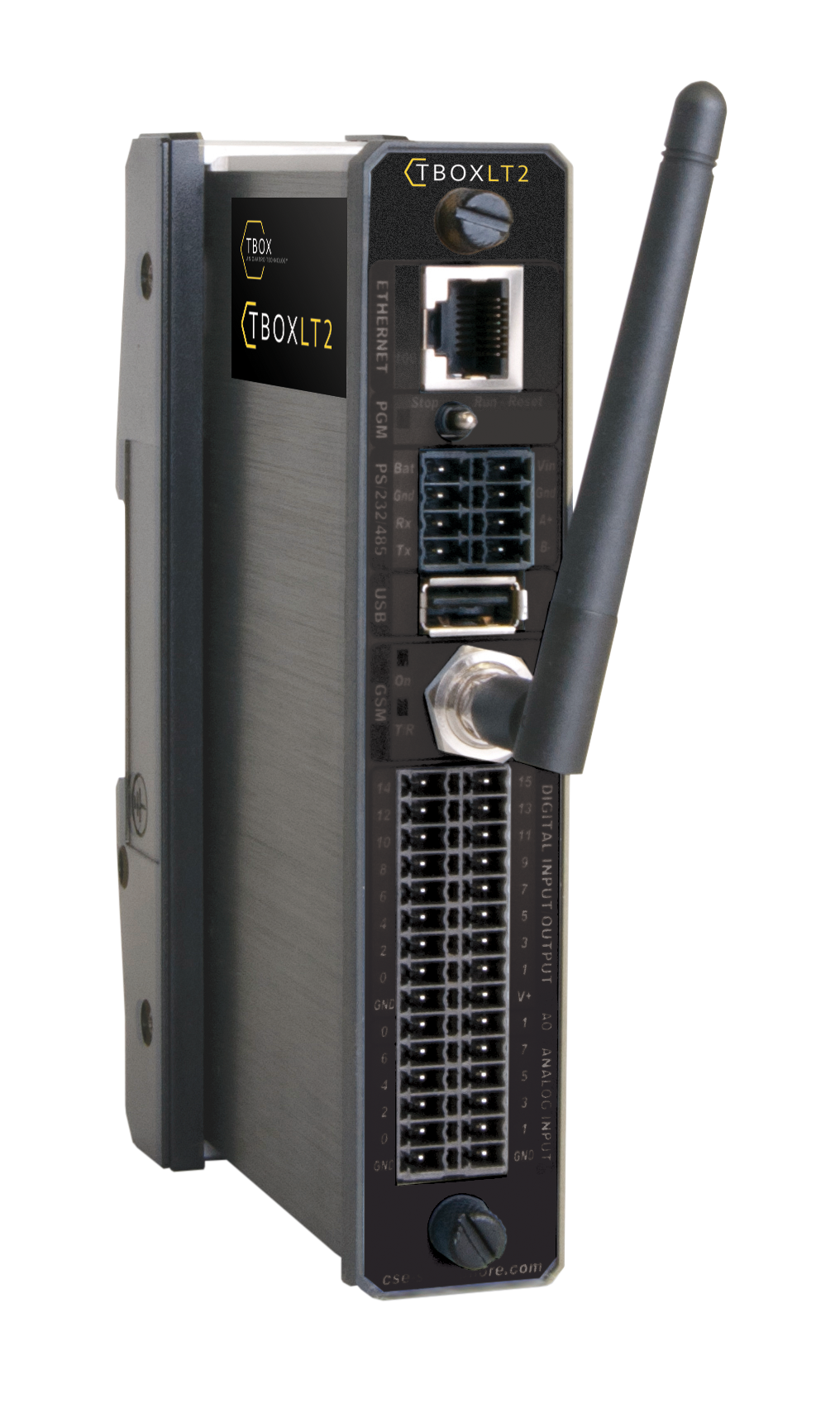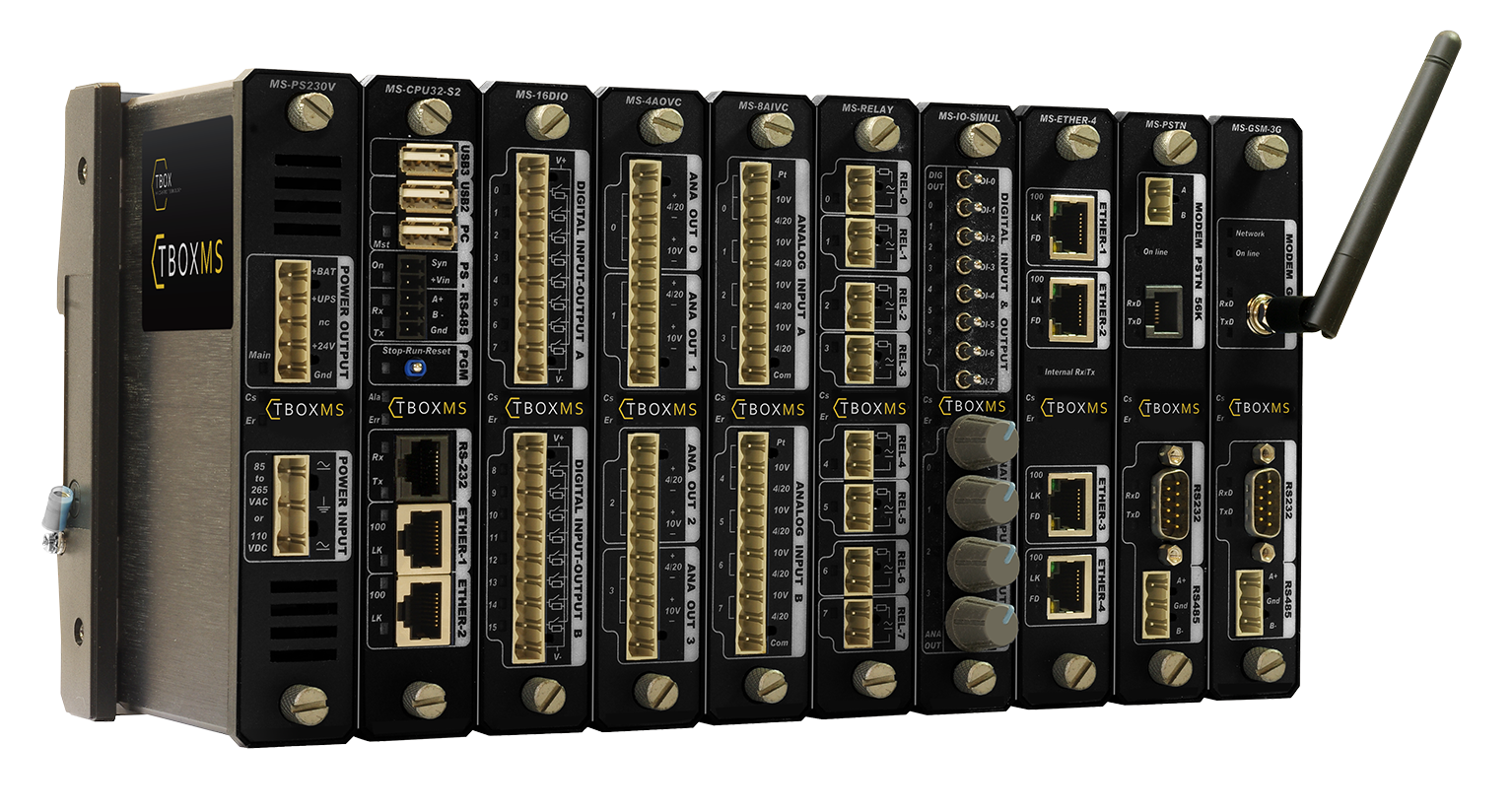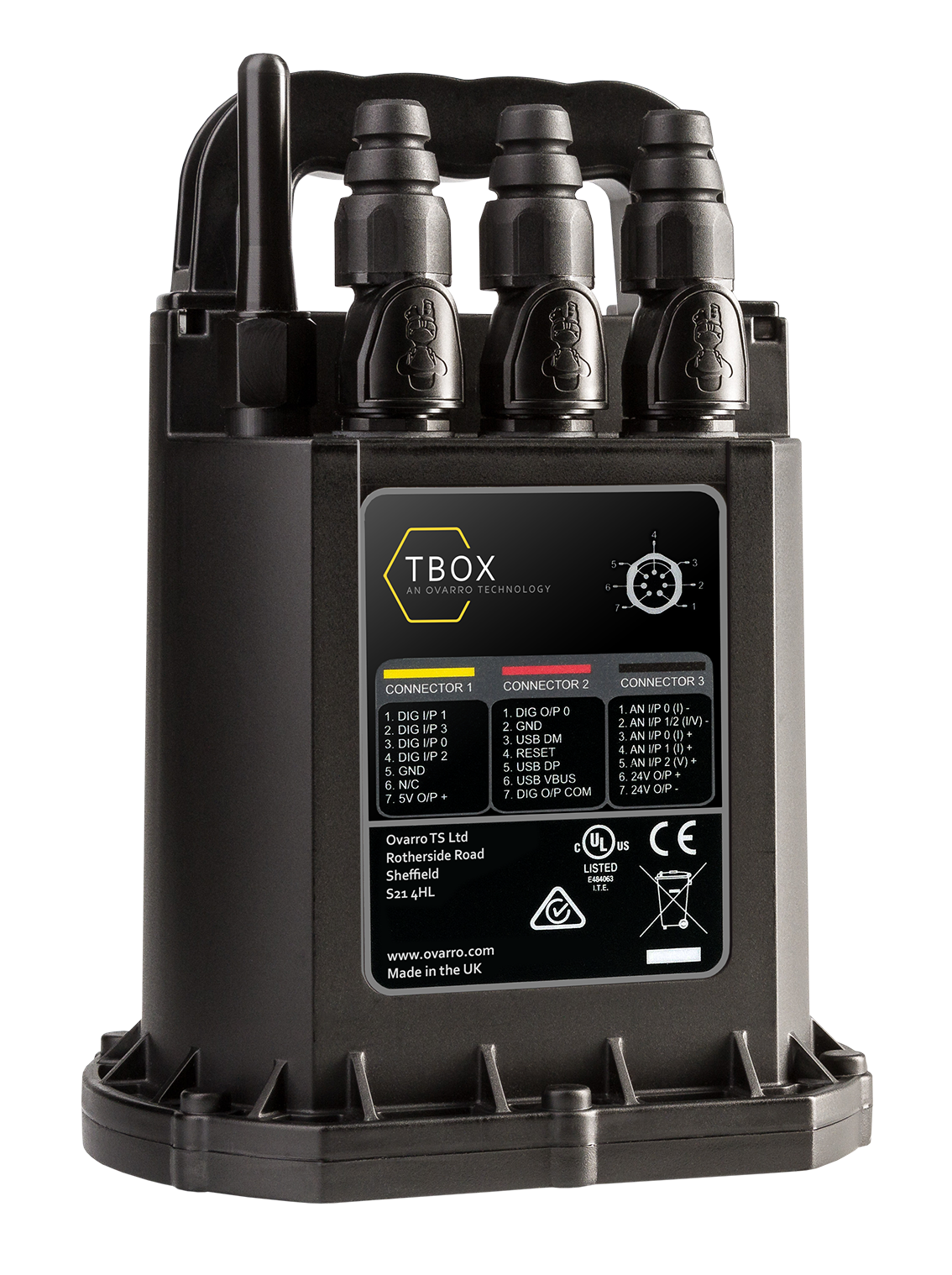Telemetry: Using RTUs to optimise performance in the oil and gas sector

Matthew Hawkridge of Ovarro
To turn a profit in a modern oil and gas company, management teams need to consider a broader range of factors than ever before. In this article, Matthew Hawkridge, chief technology officer at Ovarro, a remote monitoring technology provider, explains how Remote Telemetry Units (RTU) can be used to meet growing demand in the oil and gas sector for information from the field.
For modern oil and gas companies, the old method of increasing production whatever the cost is no longer a viable business strategy. Companies must now manage reliability and downtime to minimise interruptions and increase efficiency.
There is also a need to constantly monitor the environmental impact of any operations and above all else, ensure the safety of staff and the general public. The most valuable tool in meeting this new range of key performance indicators (KPIs) is information; and the most appropriate device to collect and process this information is the RTU.
For decades now, RTUs have been a key component in the data chain from the I/O to the CEO. These devices have a longstanding track record of sitting on remote wellheads, pipelines and offshore platforms, collecting, storing and acting upon data, regardless of the surrounding environment.

To date, most RTUs have been used to collect and log operational data and perform local control. This very same device is also the ideal solution to collect and act upon the new wave of information that is needed for a modern, efficient and profitable organisation. The RTU is a field mount computer. It collects data locally, acts upon it immediately, reports data to the central supervisory control and data acquisition (SCADA) control room and maintains a local historical store as an additional backup.
In remote locations, communications may be slow, intermittent or unreliable. The RTU is the device at the edge, sitting between the control room and the field instruments, that provides a low latency response to changing site conditions as well as performing data filtering.
The RTU ensures that only key, critical information is passed via the narrow communications links, minimising data throughput but maximising information throughput. Within the downstream sector, refineries operate 24/7, which means firms need RTU systems that are robust, secure, reliable and flexible enough to be able to manage and monitor the plant’s diverse range of assets. RTUs are integrated with sensors across these sites and provide data to the SCADA system.
Working the other way, RTUs can receive commands from the supervisory system and transmit them to the end devices as well as retaining an ability to act autonomously. RTUs do this over large and remote downstream sites, handling the data acquisition portion of SCADA, providing early warning of impending issues such as a rise in temperature of a holding tank, elevated temperature in a pump etc. avoiding asset failure, and potential environmental incidents.
Tackling common issues
In practical terms, RTUs help operators overcome a wide range of issues in the oil and gas sector ranging from continuous monitoring of remote fixed assets, data logging meaning critical data from the field is not missed and is available for analysis through to managing complex remote automation and control applications without the need for operators in the field.

Some of the specific issues that RTUs can help address include: monitoring of flow, pressure, process equipment, temperature; natural gas flow measurement; optimisation and secondary recovery; storage facilities and pressure monitoring.
A number of practical considerations must be accounted for when choosing an RTU system to deliver these benefits. The key features that are required in an RTU are resilience to the site environment, an ability to operate with minimal drain on local power resources, and the processing power to perform any local control algorithms autonomously.
It is also beneficial that an RTU has extensive diagnostics capability and a low Mean Time to Repair (MTTR) to reduce the time required for technicians to spend on site, improving both efficiency and personnel safety.
An increased need for efficiency, environmental protection and safety are driving the market for data analysis and monitoring of assets in the oil and gas sector. RTUs facilitate these processes because they can be deployed on a vast range of assets. Once in place, the real value of an RTU is that it can perform autonomous control in real time and then report to SCADA that it has everything under control. Operators at the SCADA interface can ‘supervise’ the operations by setting new KPIs, set points or updating instructions open/close this, start/stop that, for example for RTUs to then act upon and manage locally.
This ability to provide accurate, real-time data enables management teams to make better, more informed decisions. In addition, because RTUs do everything locally, it means if communications break down, they continue to run, maintaining a historical log, and reporting back later.
In remote locations, communications will fail regularly, although RTUs can manage this. For instance, the data that the RTU collects can be used to support maintenance decisions, and to verify that environmental obligations are being adhered to. Currently, most RTUs are only used for operations, although they can support maintenance teams, health and safety initiatives and environmental management.
RTUs have come a long way in the last few years and as oil and gas companies face continued pressure to maintain efficiency, safety and deliver shareholder value, their use looks set to increase. Continued innovation will help drive this change; it is already possible to deploy RTUs on most equipment, whatever its size or age. Inbuilt redundancy and resilience are also helping to avoid system failures. At the same time, improvements in processing power and throughput are helping RTUs keep up with increasing demand for data.

Looking to the future RTUs, which are already ‘mini PCs in the field’, will help harness the power of IIoT by making older assets ‘smart’. Edge computing will come into the mix at some stage, although increased processing power of RTUs means they are already part of a distributed network, processed at the ‘edge’ of the network.
The benefit if this is low latency by computing the data where it is generated essential for real-time monitoring. In addition, this edge capability provides linear scalability, which will be essential to support the increased deployment of communication devices that reduce pressure on the central network infrastructure.
With its geographically spread assets and multiple process that all generate massive amounts of data, key to ensuring these improvements help business performance is being able to capture and interpret it in real-time. The latest, ruggedised RTU technology focuses specifically on that, helping operators meet their investor and customer commitments.
The author is Matthew Hawkridge, chief technology officer at Ovarro.
For more information on how Ovarro supports the oil and gas industry, Click here. Or, to learn about our range of TBOX RTUs, Click here.
Comment on this article below or via Twitter @IoTGN
